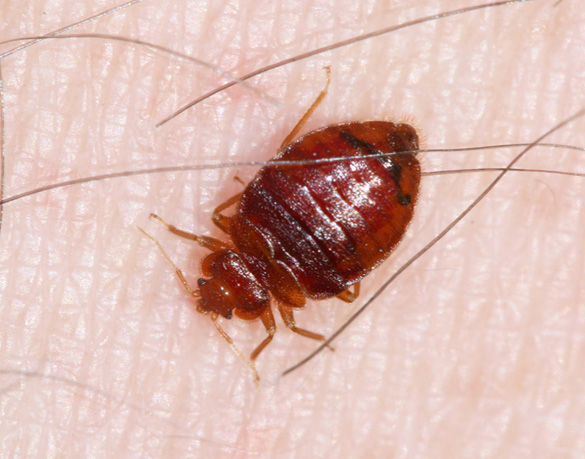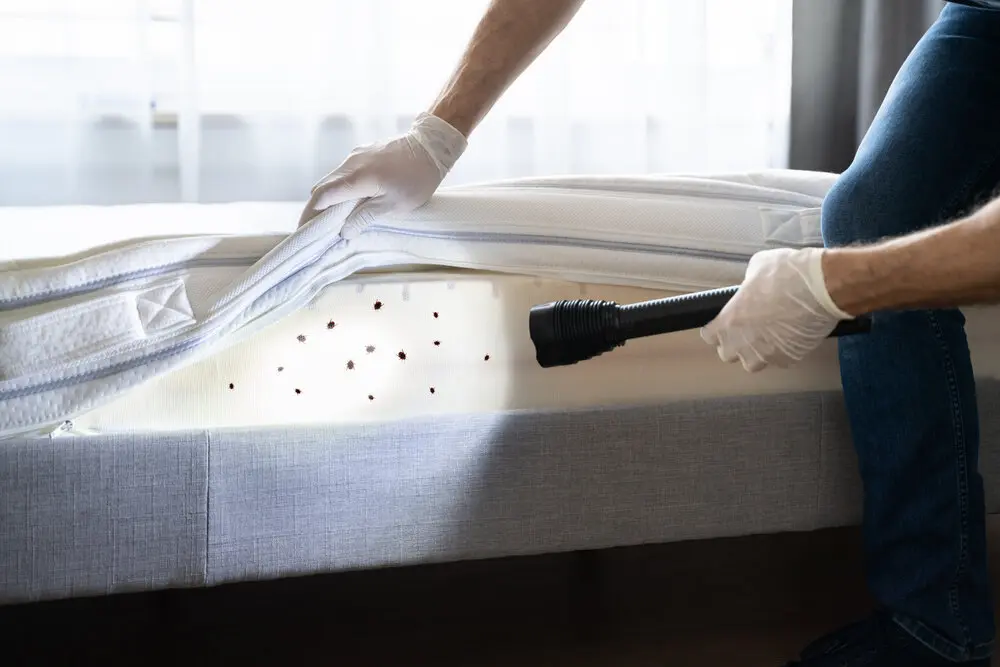Skilled Exterminator Arlington VA for Bed Bugs and Other Pests
Skilled Exterminator Arlington VA for Bed Bugs and Other Pests
Blog Article
Obtain Enlightened Concerning the Kinds Of Pest Control Techniques and Their Advantages for Homeowners
Understanding the numerous parasite control methods readily available to house owners is crucial for efficient bug administration. Property owners who are knowledgeable can make critical options that not only address parasite problems but also boost the overall high quality of their living setting.
Chemical Parasite Control Approaches
Chemical insect control techniques are an important element of integrated parasite monitoring approaches for home owners looking for effective remedies to pest invasions. These techniques entail the application of chemical compounds developed to get rid of or prevent insects that endanger personal effects, health and wellness, and convenience. Usual chemicals made use of consist of pesticides, rodenticides, herbicides, and fungicides, each customized to target specific pests.
The primary advantage of chemical insect control is its fast performance; many formulations offer instant results, decreasing pest populations substantially quickly. Furthermore, breakthroughs in chemical solutions have actually brought about items that are a lot more eco pleasant and have lower toxicity levels for non-target organisms when applied correctly.

Biological Bug Control Techniques
All-natural insect control methods have actually obtained prestige as home owners look for more secure and more sustainable choices to traditional chemical strategies. Biological bug control strategies utilize natural predators, parasites, or microorganisms to take care of parasite populaces effectively. This technique is not only ecologically pleasant yet additionally minimizes the risk of harm to non-target species, including helpful pests and wild animals.
Among one of the most usual organic control approaches includes introducing natural predators into the environment. For example, ladybugs can be used to control aphid populations, while nematodes target soil-dwelling pests like grubs. In addition, parasitoids-- microorganisms that survive or within a host-- can be used to manage certain insect types by laying eggs inside them, ultimately leading to their demise.
An additional strategy is the usage of biopesticides, which are stemmed from natural materials such as minerals, plants, or bacteria (bed bug exterminator). These items can successfully target bugs while presenting minimal risk to human beings and pet dogs. In general, biological parasite control methods offer house owners with an effective means of pest monitoring that straightens with environmental principles, promoting a much healthier living setting while minimizing reliance on synthetic chemicals
Mechanical Parasite Control Methods
Mechanical bug control methods encompass a selection of techniques that physically protect against or remove insects without using chemicals. These strategies are especially useful for homeowners looking for eco-friendly choices while ensuring the safety and security of their home.
One common technique is using obstacles, such as catches, webs, and screens, which stop pests from going into homes or details locations. Mounting home window screens can efficiently maintain pests out, while using physical rodent problem barriers around gardens can prevent bigger pests like deer or rabbits. In addition, mechanical catches developed for rodents can catch and get rid of these insects without the need for toxic materials.
Another reliable strategy involves using vacuums and brooms to get rid of parasites straight from surface areas. Normal cleansing and upkeep can substantially minimize parasite populaces by getting rid of food resources and concealing areas. Moreover, utilizing gadgets like ultrasonic pest repellents can prevent different insects with sound waves that are unpleasant to them but inaudible to human beings.
Social Bug Control Practices
Cultural pest control techniques concentrate on customizing the environment and management strategies to produce conditions that are much less for pest invasions. These practices are basic in preserving a well balanced community and decreasing the reliance on chemical treatments. By changing farming methods, house owners can efficiently deter bugs while promoting plant wellness.
One typical approach consists of crop turning, which interrupts the life process of bugs by changing the kinds eliminate mice of plants grown in a details area (bed bug exterminator). This not just reduces pest populaces however also boosts soil health and wellness. Additionally, intercropping-- growing diverse crops in closeness-- can puzzle insects and reduce their capability to locate their recommended host plants
Water management is an additional vital aspect of cultural techniques. Appropriate watering techniques can stop standing water, which works as a reproduction ground for mosquitoes and various other pests. Moreover, maintaining tidiness around the home, such as regularly eliminating particles and food waste, can significantly minimize parasite attraction.
Incorporating these cultural methods right into a comprehensive bug monitoring technique enables homeowners to produce a setting that normally discourages parasites, thereby enhancing the efficiency of various other control methods while promoting lasting horticulture and landscape design.

Integrated Parasite Monitoring Approaches
Integrated Parasite Administration (IPM) represents an alternative approach that incorporates different techniques to effectively take care of parasite populations while lessening environmental effect. This technique incorporates organic, cultural, physical, and chemical methods to achieve lasting pest control. By analyzing pest populaces and their natural adversaries, IPM highlights monitoring and recognizing insects prior to carrying out control steps.
Among the core principles of IPM is the usage of thresholds, which develop the level of parasite activity that necessitates intervention. This makes certain that treatments are used just when necessary, reducing the dependence on chemical pesticides. Organic control techniques, such as presenting natural predators or bloodsuckers, operate important site in conjunction with social practices like plant turning and habitat control to disrupt pest life cycles.
Moreover, IPM encourages making use of least-toxic chemical alternatives when intervention is needed, focusing on products that position marginal risk to non-target organisms and the atmosphere. For homeowners, embracing IPM comes close to not just enhances the effectiveness of bug monitoring but likewise advertises a much healthier living setting, fostering biodiversity and decreasing chemical direct exposure. Inevitably, IPM empowers property owners to make enlightened choices that stabilize pest control with environmental obligation.
Verdict
In verdict, comprehending the different pest control approaches encourages house owners to make educated decisions regarding pest monitoring. Each technique-- chemical, biological, mechanical, social, and integrated parasite monitoring-- provides distinctive advantages that cater to various requirements and choices.
Recognizing the different bug control techniques available to homeowners is essential for reliable pest monitoring.Chemical insect control approaches are an essential element of integrated parasite administration techniques for home owners seeking efficient solutions to pest invasions. In general, organic pest control methods give house owners with a reliable ways of parasite management that straightens with ecological principles, promoting a much healthier living environment while decreasing dependence on synthetic chemicals.
Social pest control methods concentrate on changing the setting and management techniques to produce problems that are much less helpful to pest problems.In conclusion, understanding the different bug control approaches encourages homeowners to make informed choices pertaining to pest monitoring.
Report this page